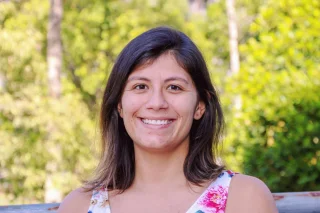PainRelief.com Interview with:
Natasha C Pocovi
Department of Health Sciences
Macquarie University, Sydney
NSW, Australia

PainRelief.com: What is the background for this study?
Response: Approximately 620 million people globally, reported suffering low back pain in 2020. While it’s not considered a life-threatening disease, we can see the very serious impacts it can have on people’s lifestyle, ability to work, and overall quality of life. While much work is being done to treat low back pain, ‘prevention’ is mostly unchartered territory. This is particularly important given the high rates of recurrent low back pain, where 7 in 10 people who recover from an episode of low back pain will have a new episode in the next 12 months.
A small number of studies have examined exercise to prevent the recurrence of low back pain. These have primarily focused on group-based, complex exercises focusing on a combination of strengthening and improving the endurance and flexibility of the spine. Some of these were delivered over several supervised sessions, some as many as 20 x 1-hour sessions. This becomes less feasible for patients to engage in.









